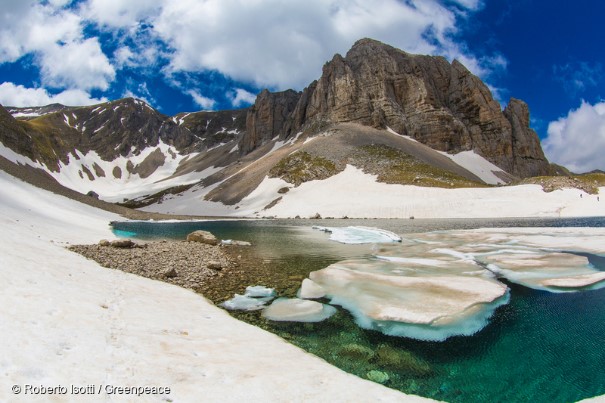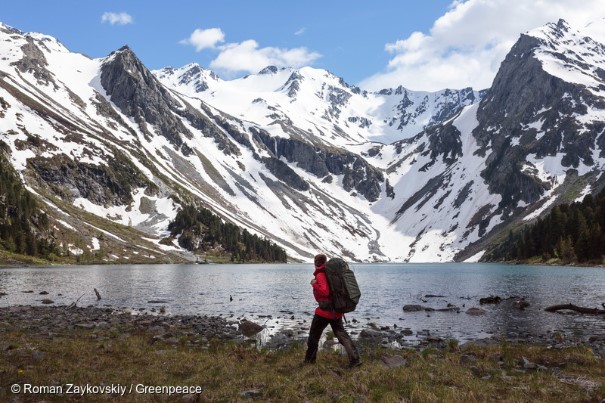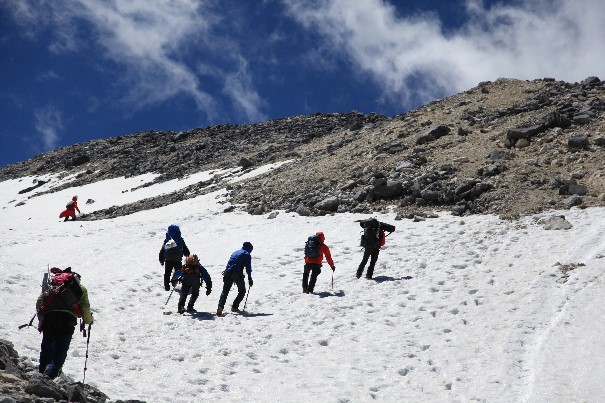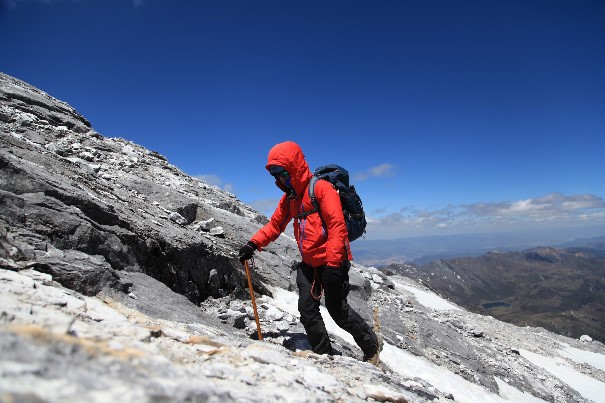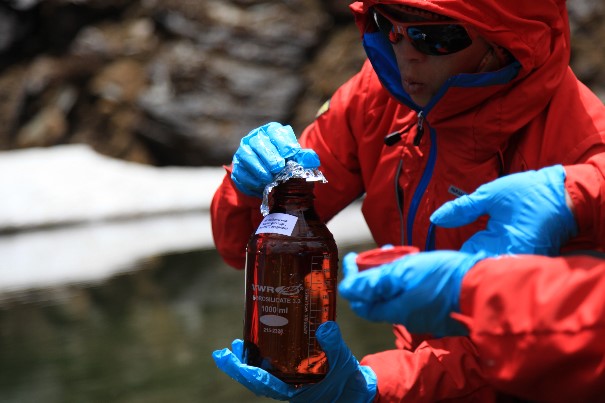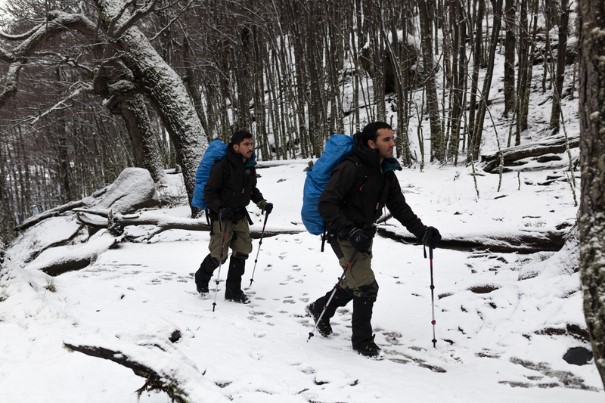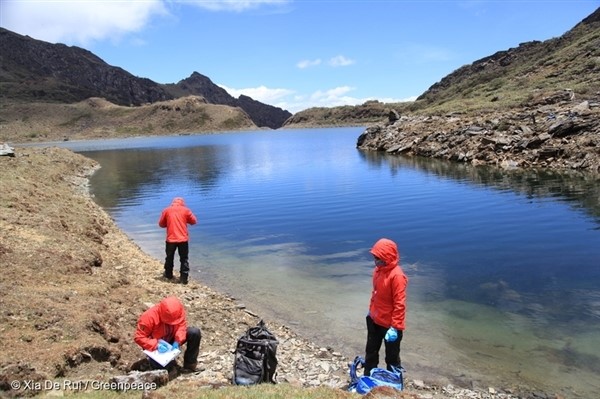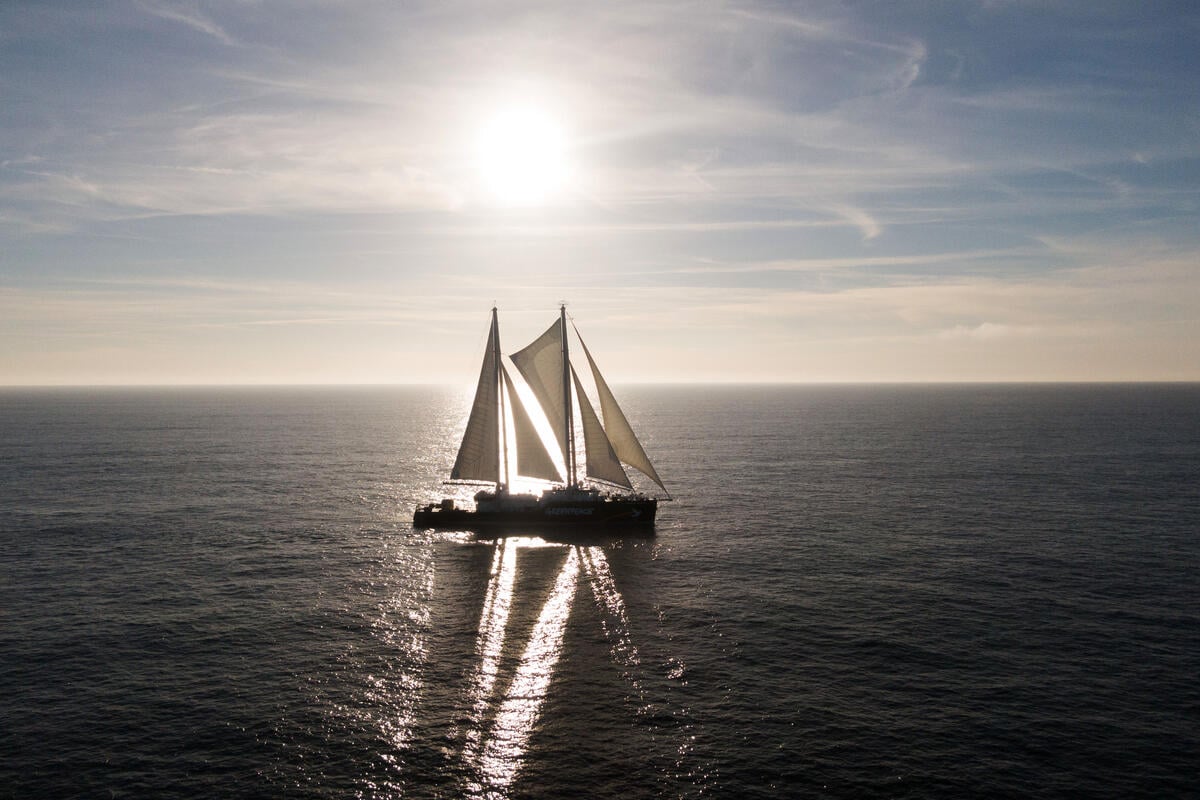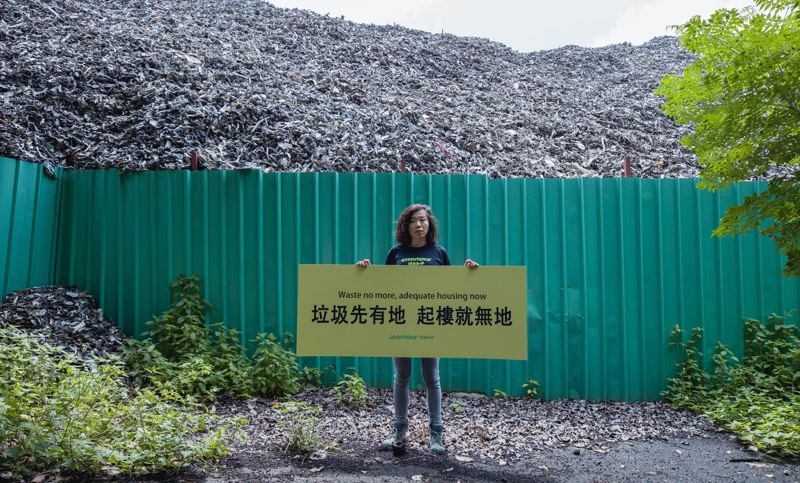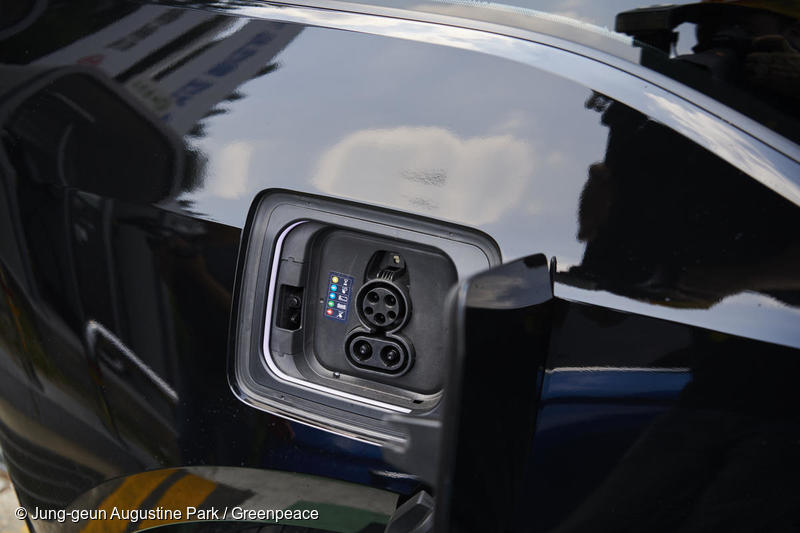In June, we set out on a mission: to find out if the stunning nature that we love is as unspoiled as it appears. Eight teams of Greenpeace volunteers headed expeditions across three continents to the most remote and pristine places on the planet.
From Pilato Lake in Italy…
…to Russia’s Altai Mountains.
We were searching for invisible pollution and in particular for one type of hazardous chemical- PFCs.
Greenpeace East Asia headed on a gruelling expedition to the Haba Snow Mountain in Southwest China’s Shangri-la.
The journey would have been impossible without the amazing team of volunteers who guided and worked with us on this challenging mission. We were incredibly fortunate to have them by our side and together, we discovered an inspiring community of local people who are taking action to protect the mountain they love.
Unfortunately, it’s difficult to protect against something you can’t see.
After collecting snow and water samples and sending them for third party laboratory testing we found traces of PFCs – a hazardous, persistent chemical- in every single one of our testing sites.
Even 5,000m above sea level on the Haba Snow Mountain.
What are PFCs?
Per and polyfluorinated compounds (PFCs) are used to make all kinds of products, but are particularly widespread in the outdoor clothing industry as they can be applied to make clothing waterproof.
Once released into the environment, these chemicals can take years to break down and are quickly and easily dispersed across the planet. Some PFCs can be hazardous to human health, and have the potential to harm to the reproductive system, promote growth of tumours and interfere with hormones.
The PFCs that are used in the production of some our favourite outdoor clothing brands are astonishingly persistent. They exist in our rivers, our oceans and can even be found in the blood of humans and animal across the world , as well as in the far-flung places we tested.
Outdoor companies rely on keeping our natural wonders clean and pollution free; they use images of untouched landscapes and remote, hidden corners of the world to market their products to people who love nature and want to experience it. The image of the ‘Great Outdoors’ is the outdoor clothing industry’s greatest marketing asset.
So shouldn’t they protect the very nature that is the lifeblood of their industry?
The good news is, there are other options.
Several small outdoor clothing brands already manufacture PFC-free outdoor clothing- in fact, the clothing worn by all our sampling teams was PFC-free, showing that viable alternatives do exist.
Greenpeace’s Detox campaign has repeatedly warned against the use of hazardous chemicals in clothing production- now it’s time to act.
It’s up to everybody – nature lovers, climbers, skiers, walkers or city dwellers – to join our movement on http://detox-outdoor.org and ask the outdoor sector to get rid of hazardous chemicals altogether.
Together, outdoor lovers can challenge their favourite brands to become a Detox Champion and stop the spread of PFCs across the planet.
Tingting Deng is a Toxics Campaigner for Greenpeace East Asia

